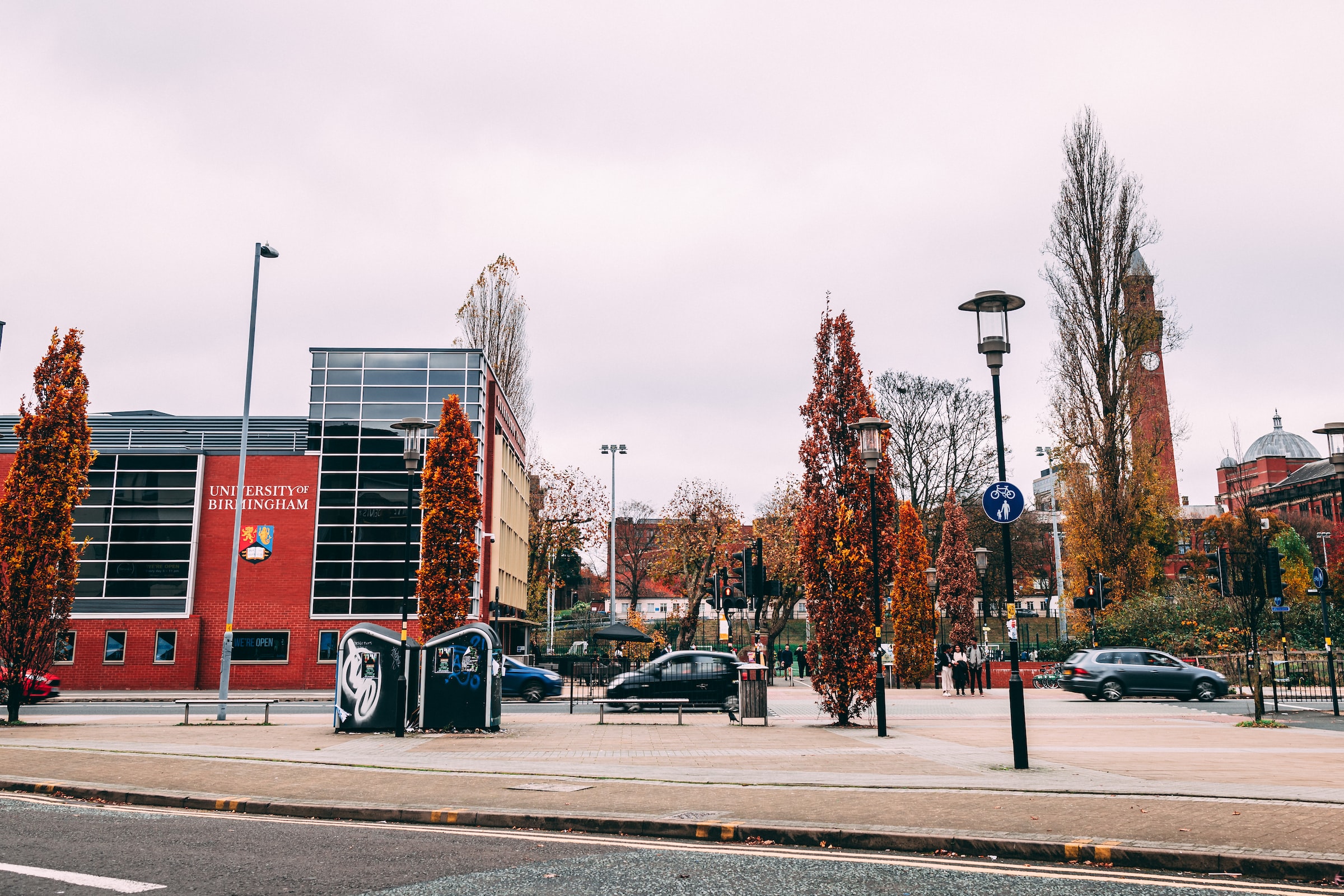
Culture Editor, Luca Demetriou, reviews SquareEye Theatre’s latest performance, which mediates stress and the normalisation of living at the edge through physical theatre, live music and projection
Square Eye Theatre’s latest production mediates stress, unpicking the normalisation of living constantly at the edge of your limit. Through a musically gifted cast and physical theatre, GUNK resists a world that insists on pushing us to the edge. Exploring the ways people are affected by stress, five performers take you through fragmented streams of consciousness that always return to a funky backbeat. After their debut at the Edinburgh Fringe Festival in 2019 with Julius Caesar, an explosive, frenetic performance, SquareEye’s latest devised production GUNK, directed by Martha Harrison and Sam Strachan, offers something more tender, yet just as visceral.
Each fragment is introduced by a sub-theme, like ‘Work’, containing Gunk’s own definition that, like the funky leitmotif backbeat, returns always to the refrain: ‘which results in a build-up of gunk in the brain’. From ‘Hyper-Rationalisation’, ‘Work’, ‘Symptoms of Stress’, ‘Social Anxiety’ and ‘Support’, the performers’ upbeat funk scores parallel a nervousness and apprehensiveness that serves as an undercurrent for the show. This represents the complicated paradox in contemporary life that stresses motivation and positivity for a neoliberal work-ethic while troubling the affects this has on people and the anxiety it induces. Hannah Lovell opens the performance with a foreword, in a tense manner, claiming not the answers for stress but rather opening up dialogue and methods to cope, as we fall, inevitably, on each other for support as we can’t do this alone.
Using a projector throughout the performance, Sullivan Holderbach uses pens to draw, animate and navigate the topics that performers Casseline Gilet, Raffi Hayrapet, Hannah Lovell, Jacob Marshall and Daryanne Scott explore. The use of paper and projector throughout became redolent of something young and innocent, returning spectators to a simpler time when things weren’t as stressful. During each fragment, Holderbach begins writing words that performers would speak, and animate them through illustrations, but often the words written were never finished, and new words would replace the previous ones without it being completed and in no logical topography. I see this as a take on contemporary society’s obsession with starting new projects, not leaving time for oneself or to do justice to projects, often being forced to rush tasks and move on. Holderbach frantically animates the performers words, trying to keep up.
The performance oscillates between the causes and effects of stress as the ensemble alternate between monologues describing their anxieties that fluctuate from work-induced stresses to personal anxieties
The performance oscillates between the causes and effects of stress as the ensemble alternate between monologues describing their anxieties that fluctuate from work-induced stresses to personal anxieties. The ensemble responds to this by ‘feeling their way’ through the stress, moving and creating music to process and deal with the stresses mentioned. The importance of non-verbal communication is often cited by academics, psychologists and movement practitioners and I think GUNK’s approach, using physical theatre to trouble the way that stress is approached in society is appropriate.
‘Support’ is the last fragment that the performers explore, and the preceding fragments build up, culminating with this last one that navigates the burnout that anxiety produces and the affective contours of support we ask for, from and who. In an intimate scene between Casseline Gilet and Hannah Lovell, images in tenderness and aching by Gilet and Lovell suffuse a melodic tune that the ensemble come together to play as they watch sensitively how the performers interact physically. What this scene foregrounds is that we should not be afraid to ask for help, that we should not be ashamed to want to be held, that we should allow ourselves space to exist idle every now and then, that we should appreciate and embrace the presence of your loved ones in your life.
GUNK’s visceral liveness successfully mediates affective responses to stress, a panoramic assemblage of music, movement, animation and stream of consciousness, as spectators become saturated by the shortcomings in neoliberalism and the way it shapes behaviour, pushing people to burnout and lose a sense of who they are. Offering a safe space for spectators to absorb this information, the audience are invited on stage to boogie after the show, and ‘feel your way’ through. GUNK dealt with complex topics sensitively, offering spectators a chance to reflect on stress tenderly and with support.
Check out how you can reduce stress here!

Comments